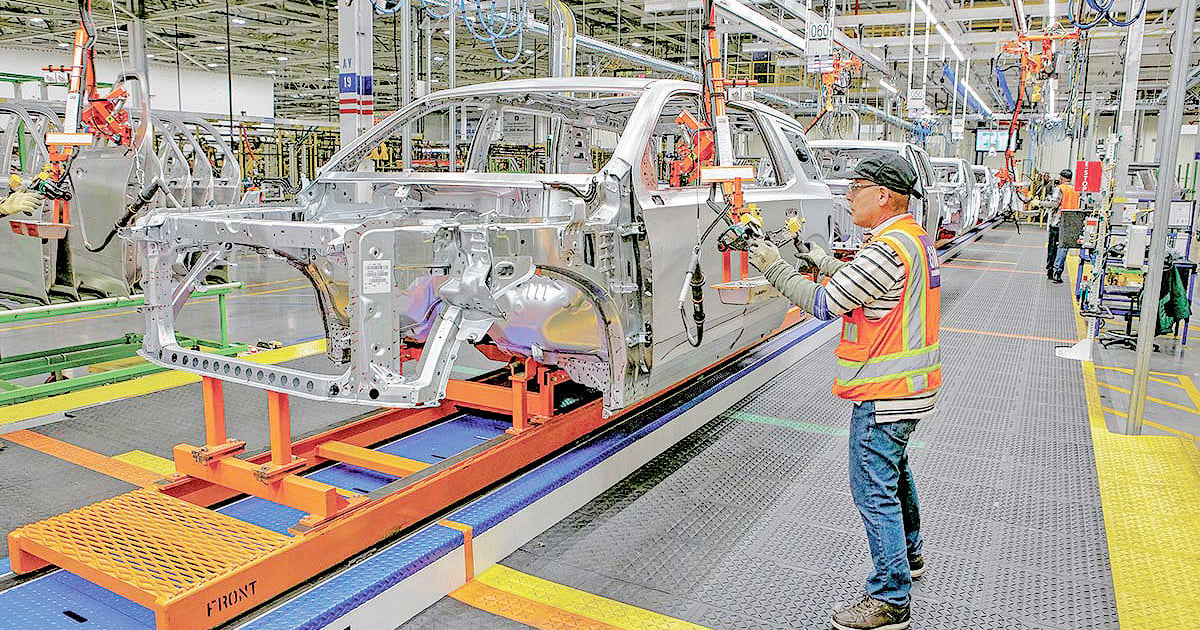
Artificial intelligence could upend the automotive parts purchasing process, making it quicker and more efficient for buyers and suppliers still grappling with supply chain shortages.
It’s an innovative idea that could speed up procurement, save companies money and reduce the amount of mundane, manual work that goes into purchasing, said Edmund Zagorin, chief strategy officer of Arkestro, a San Francisco provider of predictive procurement software that uses AI to help make parts and material purchasing more efficient.
“When we created Arkestro, we said, ‘Let’s try to turn the purchasing process on its head, and instead of asking suppliers to submit quotes or offers, let’s use an AI model to generate a suggested offer for a supplier,’ ” Zagorin said.
“That eliminates two steps in the process: One step where a supplier creates a quote, and a second step where an analyst has to analyze the quote or benchmark it against market indicators or other factors to be accepted.”
Auto parts purchasing is a complicated field that has been under the spotlight amid supply chain shortages and other challenges. The microchip shortage alone has resulted in about 15 million vehicles being cut out of global production plans since 2021, and vehicles that got built anyway were often assembled without certain features.
The fragility of the supply chain requires companies to rethink their approaches to purchasing, Zagorin said.
“COVID did not cause supply chain fragility,” he said. “It highlighted existing vulnerabilities that were the result of years of efficiency-driven, just-in-time thinking that consolidated supply sourcing to single points of failure and produced a global economy that is extraordinarily vulnerable to black swan events.”
That means companies should rethink how they view their supply chains, including how they purchase their parts, Zagorin said. In particular, he said automotive purchasing teams should have the ability to focus more freely on tasks other than data entry and logging.
That’s where AI can come in, Zagorin said. He has developed a “recommender system,” where the company’s AI makes suggestions to suppliers on price and other components of their offer. It can also recommend which supplier and prices might be right for a given company’s needs.
“The system is performing if those recommendations are accepted,” Zagorin said. “When a supplier accepts a suggestion made by the AI model, that saves time and reduces errors and results in a win-win commercial outcome.”
It’s a process that can take time. The acceptance rate for the model’s suggestions can be as low as 1-in-20 when a company first signs on, Zagorin said. But the AI is continually learning by accumulating and analyzing data, and within 60 days, that figure jumps significantly, he said.
By freeing up purchasing teams from needing to analyze the competitiveness of many offers at the same time, it helps to cut down on a perceived bottleneck in the supply chain, Zagorin said.
“The amount of time they need to do that can be irritating to other people in the business,” he said. “It can be perceived in procurement as a bottleneck, or holding up the process while others are trying to move forward. No one wants to be seen as a bottleneck or a hall monitor.”
With AI, they might not anymore.

